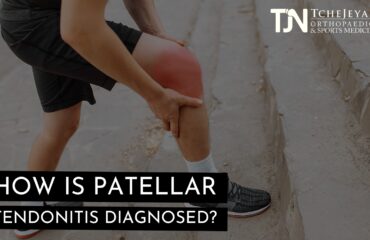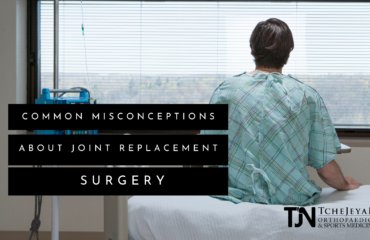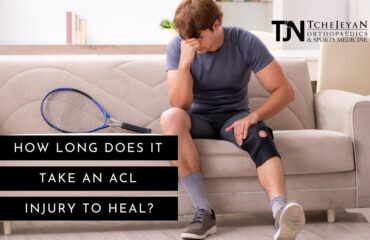Thankfully, many knee problems can be alleviated today with arthroscopic surgery. Arthroscopy refers to a minimally invasive surgical procedure by which the surgeon only has to make small incisions in the knee, and surgery is done by inserting a camera and special surgical tools through these incisions in order to carry out the procedure.
One of the benefits of arthroscopic surgery is that it can usually be performed as an outpatient procedure. Also, because there is less trauma to the site of the surgery, recovery times are generally much quicker than in traditional open surgery. However, despite these very real benefits, arthroscopic knee surgery patients should be careful, and not get too over-eager after surgery and engage in activities that may compromise their ability to fully recover.
Benefits of Arthroscopic Knee Surgery
Arthroscopy impacts the knee much less than other surgical methods. Although it is done through two or three very small incisions, it is highly accurate, as the endoscope inserted into the site allows the surgeon to get a very clear picture, which can also be magnified. The small incisions and laparoscopic instruments mean that there is less scarring on the outside, and that non-injured tissues inside also experience less trauma and damage. There is less blood loss during surgery and less pain after surgery.
Some of the knee problems that can be addressed through arthroscopy include meniscal tears (one of the pieces of cartilage in the knee), tears of the ACL or PCL (ligaments), patellar (knee cap) misalignment, arthritis (degeneration of the joint), and other problems.
All of these factors make arthroscopic remedies good news for knee patients because many of the difficulties faced by open-surgery knee patients are not present. As a result, there can be a tendency for patients to assume that they get right back to their pre-injury activities as soon as they feel like it. But while arthroscopy is indeed a remarkable remedy, patients need to recognize that their bodies still require sufficient time to heal, particularly for torn tissues. Resting the knee is critical to ensure that these tissues remain attached and repaired.
Activities to Avoid
Remarkably, most patients who undergo arthroscopic knee surgery do not need to use crutches following the procedure. However, using crutches can help the healing process. This is because healing is aided by keeping as much weight off the knee as possible for at least the first week following surgery. Accordingly, even if patients decide to forgo crutches, they must avoid any activities that will cause a heavy impact on the joint: no running, no sports, no physical games. To stabilize and support the knee and prevent lateral movement, patients should wear a brace even for walking.
Driving should also be avoided. Although it does not seem like driving is very impactful, driving may require quick actions or even slam on the brakes, which could undo the benefits of the surgery. In addition, many patients have been prescribed painkillers that are a little stronger than over-the-counter medicines, which could impair their judgment and reflexes, or make them drowsy. Consequently, patients will need someone else to do the driving for at least a week or two.
Tips for a Smoother Recovery
There is a standard regimen that should be utilized for many physical injuries, summed up by the acronym RICE: rest, ice, compression, and elevation. This regimen is also appropriate for patients recovering from arthroscopic surgery. Your doctor will follow up with you regularly, so follow the doctor’s advice on when you can incorporate more activities into your schedule, and, if you are referred to a physical therapist, take advantage of their help and expertise.
While it is hard to sit around for days on end, particularly if you are an active person, it is critical to your recovery to fully allow your knee to heal before you start any strenuous activities involving the knee joint. The last thing you want is to reinjure your knee and end up being out of action for an even longer time. Just remember that if you can get through this period, you will soon be able to fully resume an active life as if the injury never happened, with no pain and greater mobility.
If you have questions about arthroscopy and whether it offers a solution for your knee pain or injury, contact Tchejeyan Orthopaedics and Sports Medicine to schedule an appointment.




